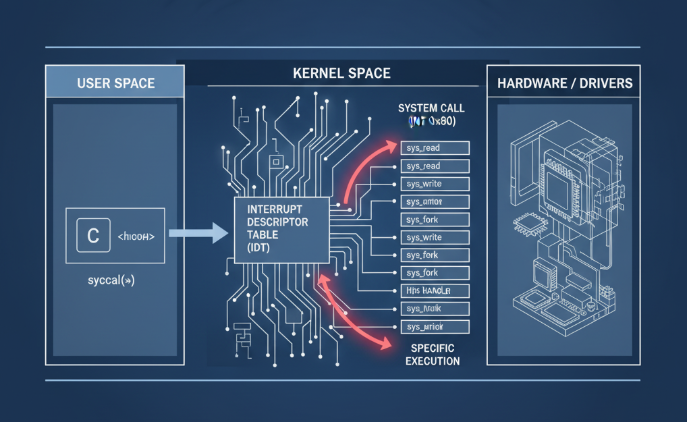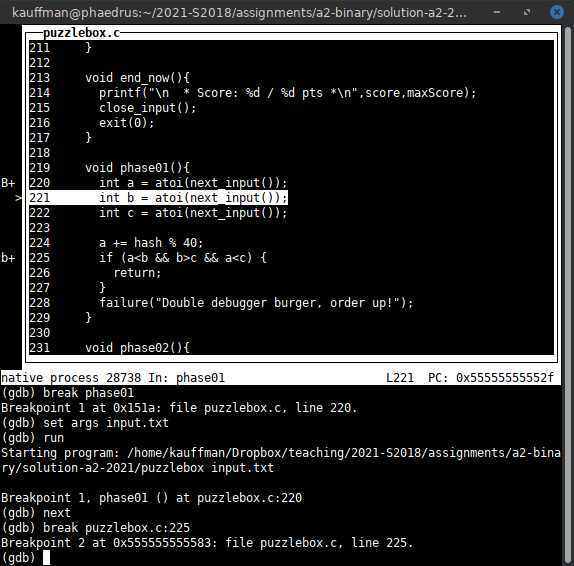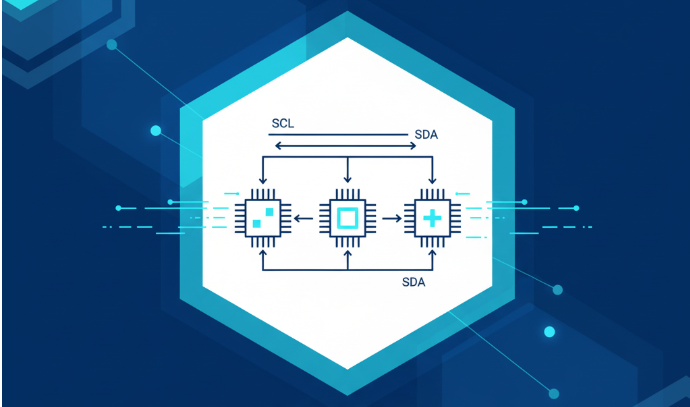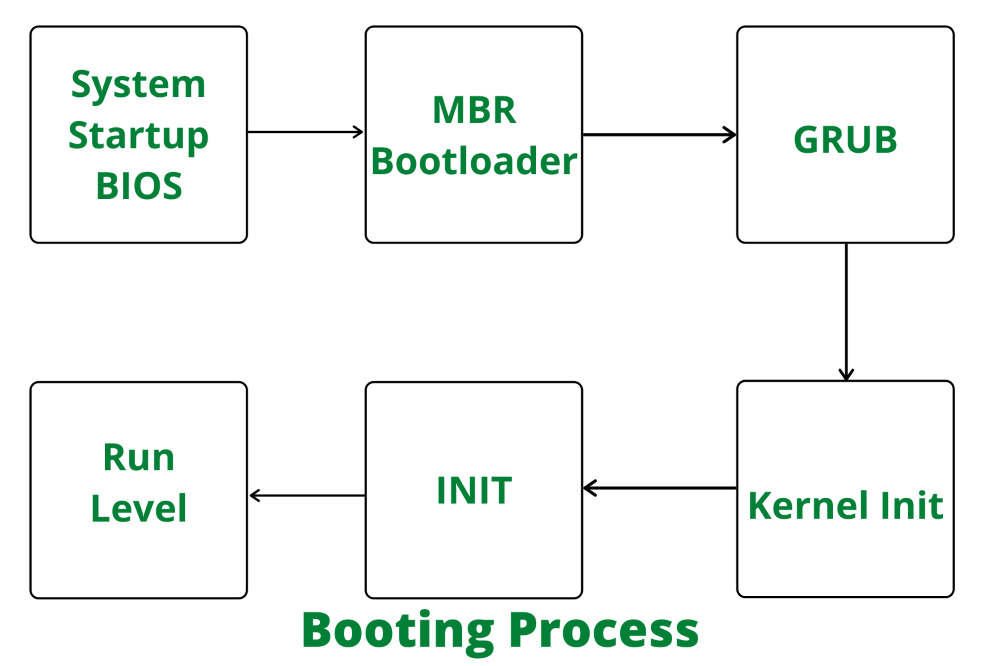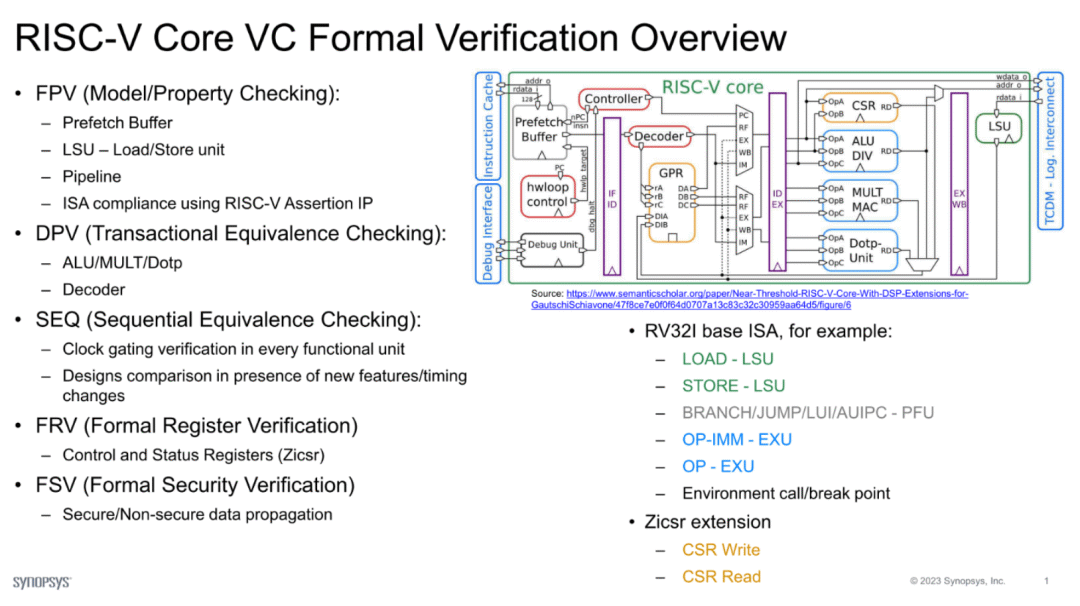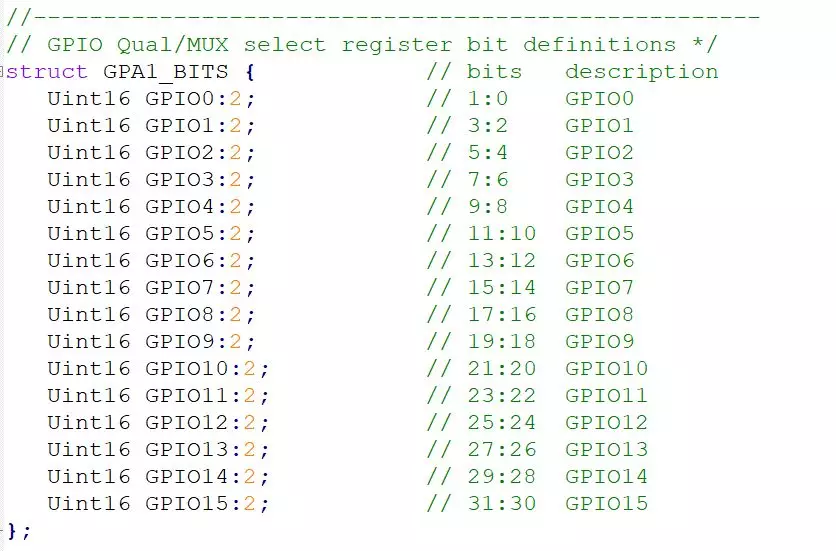A reader recently asked whether ESP32 could replace STM32 in the embedded field. The two families each have their vertical niches. Below are concise observations.
ESP32
Compared with many STM32 variants, ESP32 cores offer higher clock rates and faster instruction throughput. ESP32 is primarily oriented toward IoT applications and integrates Bluetooth and Wi?Fi. It can be used as a module controlled via AT commands, with an integrated TCP/IP stack that provides an advantage for networked applications.
ESP32 also supports development via the IDF, and the vendor documentation is comprehensive, enabling relatively rapid product development. The chips are competitively priced, making ESP32 a common choice for IoT projects.
ESP32 has a large user base in China and abroad. A rich set of open source projects and learning resources indicates a mature ecosystem and high cost effectiveness.
STM32
Early exposure to STM32 often came from the Cortex-M3 based STM32F103. For developers migrating from 8?bit MCUs, the move to 32?bit STM32 brought substantially more resources and processing performance at a similar price point. Development shifted from directly manipulating registers to using vendor libraries, and debugging with hardware emulators enables efficient single?step debugging.
Improvements in the development environment and tools helped STM32 gain rapid popularity. It has been widely adopted across many product categories, including home appliances, personal transport devices, flight controllers, shared mobility vehicles, and motor control electronics. Competing 16?bit MCUs such as TI MSP430 lost market presence during STM32s rise.
During recent supply shortages, chip prices surged. For example, the commonly used STM32F103C8T6 rose from around 5 CNY to over 100 CNY. Subsequently, a wave of Chinese?made 32?bit MCUs emerged and captured significant market share, which reduced STM32s dominance. Many manufacturers increased production or stocked inventory, and the market entered a long destocking phase.
Although STM32 is not at its peak market share, it still retains a significant presence and is unlikely to be completely displaced, particularly in industrial control and other domains where its feature set and ecosystem are well established. Replacing STM32 across all its application areas would be difficult.
Conclusion
ESP32 and STM32 each have strengths in their respective domains. ESP32 is well suited for connected IoT applications with built?in wireless and a strong ecosystem, while STM32 remains strong in a wide range of embedded and industrial applications due to its tooling, ecosystem, and broad product portfolio. New MCUs will continue to enter the market, but full replacement of one by the other would be a gradual process.
 ALLPCB
ALLPCB


